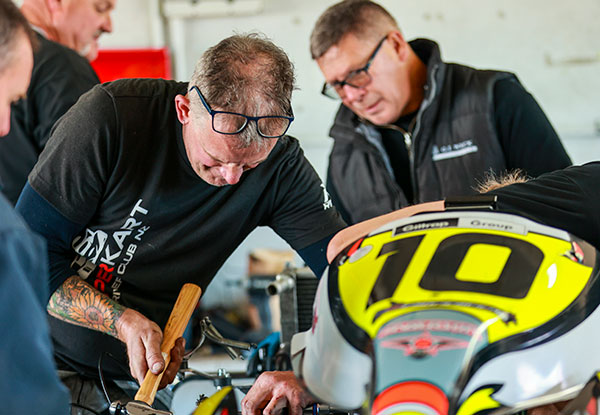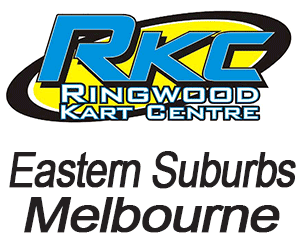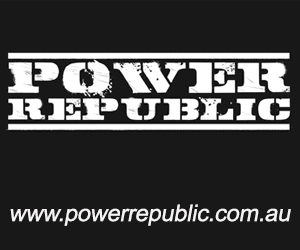It’s been a long, slow journey of life in the fast lane for NZ Superkart Supremo, Tony Bowden.
The Aucklander was awarded life membership of the Superkart Drivers Club at their AGM during the meeting at Hampton Downs recently, after two decades of passionate participation in Superkarts.
He got into karting when he was 11 years – after winning a radio-controlled car in a competition in the NZ Herald, which he then swapped for a go-kart.

Like most, he relied on his parents to get him to racing while his uncle was a whiz-hand on the tools, until he drifted away for a few years.
“As I became a teenager, I found other distractions and gave it away,” he said with a wry smile.
Bowden returned to the sport with a 125cc Rotax Max before he moved into the gearbox class – and was captivated.
“When I opted to go to gearbox it was in 125cc Open class kart and we would get 25-28 karts on the grid.”
The likes of Michael Bristow, Daniel Eggleton, Wayne Phipps, Daniel Jilesen, Steve Brown, Snow Mooney were among the regulars.
“I found the sprint racing side of karting was a bit too cut-throat and not that friendly for me. My father had bought a Super Kart when I was 12 or 13 years old, so I always knew about them. The first time I saw one, it blew me away. I had never seen anything that fast and cool in my life. I made it my goal that I would own one.”
He contacted Phil Morley, who had been racing super karts for a long time, for advice.
“By coincidence he happened to be selling his gear, so I bought it. And from there it took off for me and it’s been over 20 years now.”
Tony recognises that the category is demanding on the wallet.
“Super Karts internationally are very expensive to run. And to run on motorsport tracks is expensive – in comparison with sprint kart tracks.
“Unfortunately, there is no gradual stepping-stone from sprint karts to Superkarts – just a great big financial hit. For most people that is too much.”
A normal sprint entry fee is around $80 to $100 but a Superkart meeting it is around $350 where the costs are that much higher on a motor race track.
But the reward in the driver’s seat is like no other, Tony reckons.
“When there are enough karts and they run closely together, it is spectacular to watch. From a driver’s perspective, and you are battling with two or three people, it is exciting, fun and awesome to watch. That is the rewarding side of Super Kart racing to have that close racing.
“It is ridiculously quick. You get out of them and wonder what is wrong with you,” he joked.
Tony has been an unembellished fan and supporter since – and has been a key driver for the survival of the class.
“I am passionate about Superkarts. I do what I do because I love what I do. It is not the best time to grow a niche leisure-type sport that is expensive but at the same time I am not taking my foot off the gas pedal anytime soon and will keep driving it.
“Those that try it love it and they tend to come back or go to a different form of racing. The challenge is getting people to try it.”

Tony says the category has a minimum six meetings plus nationals – split between Manfeild, Taupo and Hampton Downs.
“We want to support all the tracks as well because they run as a business and need our support.”
Tony believes the “transition” classes can enjoy life on the other side of the tracks in Superkart racing at little cost.
“What we are trying to grow harder than anything is the transition classes – like Rotax Heavy, Light, DD2 and KZ. Those guys have it so easy to transition to Superkarts, but I do not think that they realise it.
It is gearing and faring – and you do not even need a fairing. All you need to do is change your gearing and put on a rain light and away you go. It is as simple as that.”
The fabricator by trade says he is not going anywhere soon – just focussed on moulding this super-exciting form of the sport.


